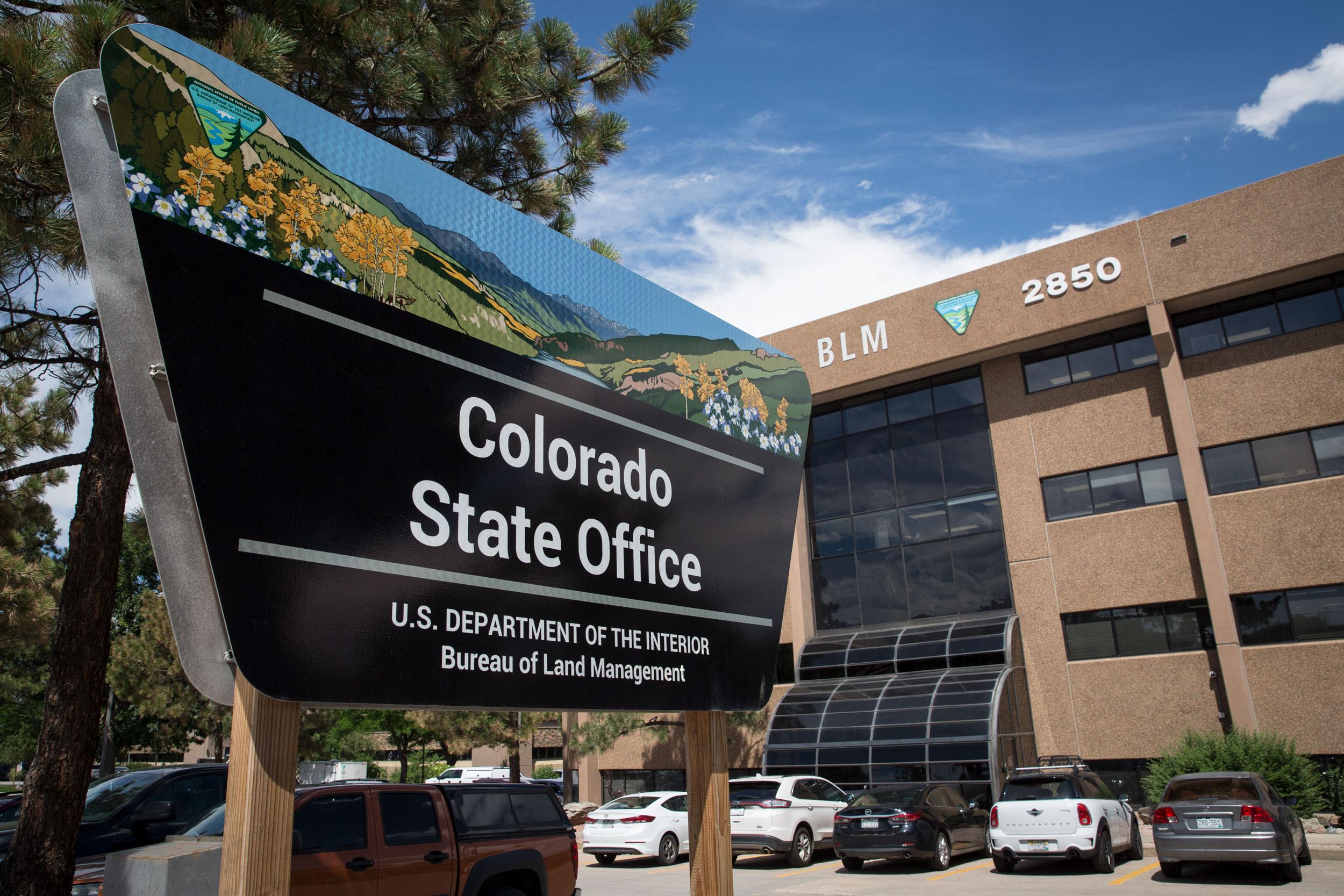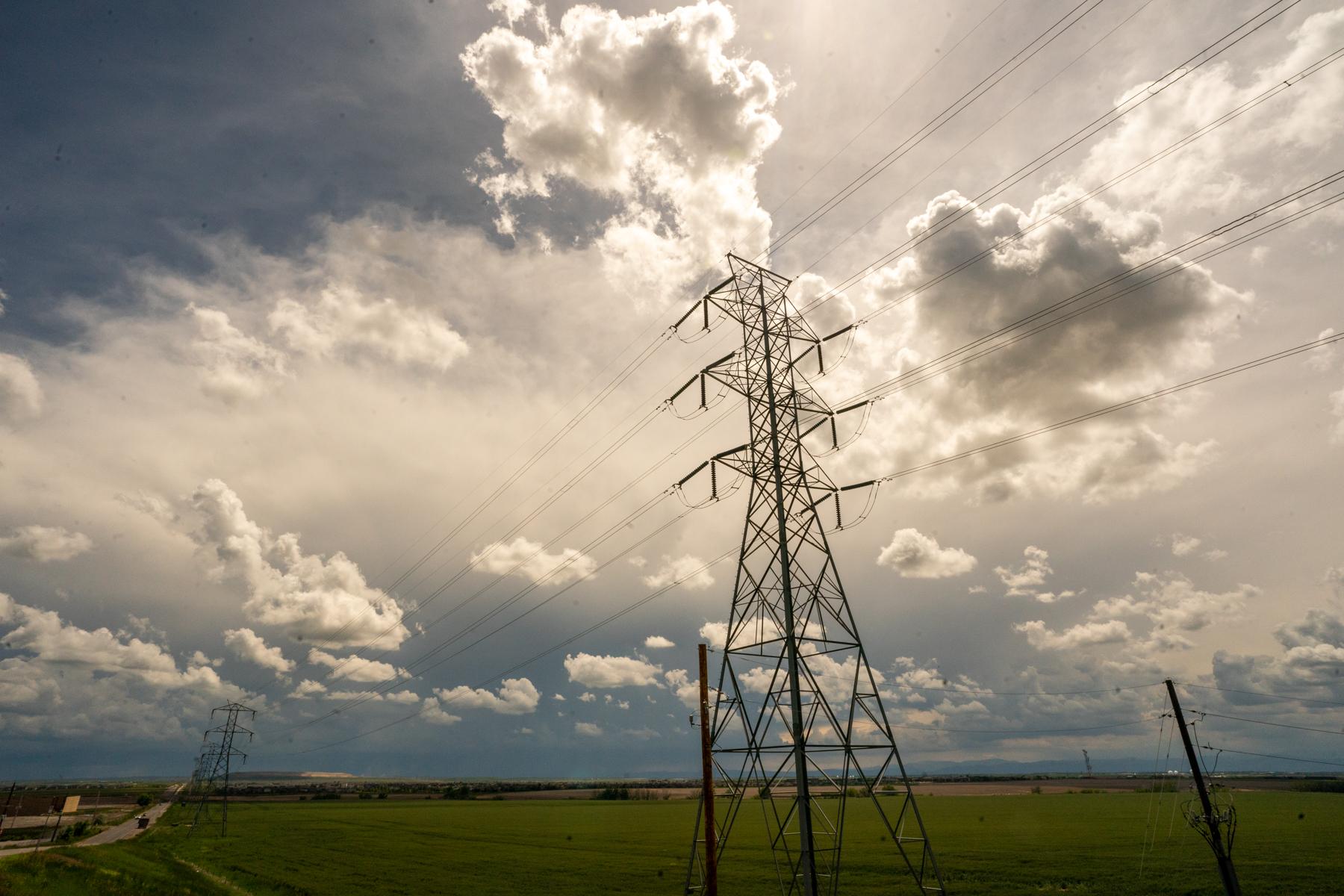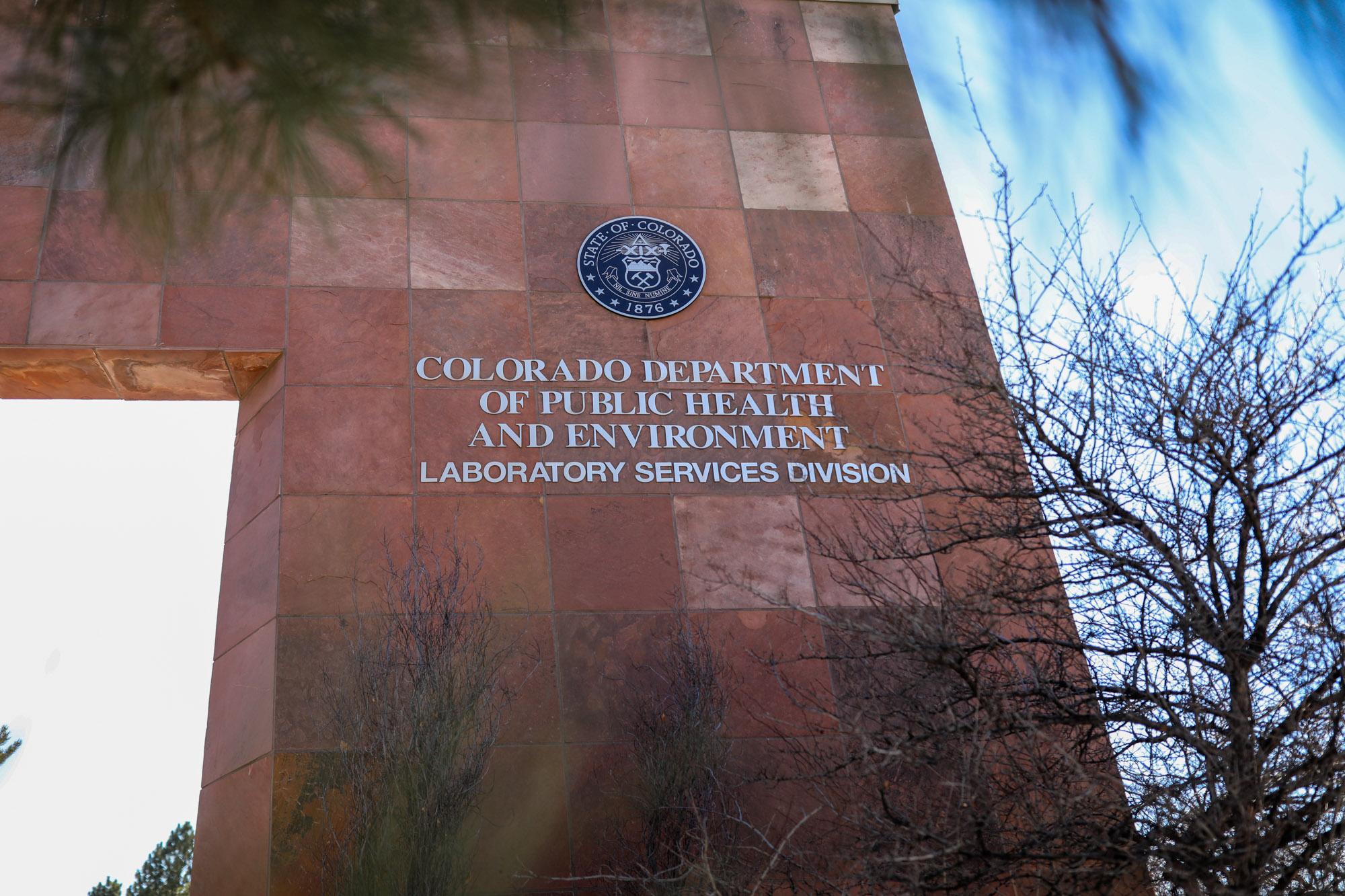
Critics of the Trump administration's decision to move the Bureau of Land Management headquarters to Grand Junction fear the real goal is to weaken the bureau.
These concerns and suspicions have only been heightened by recent statements and actions from administration leaders. Interior Secretary David Bernhardt appointed William Perry Pendley as acting BLM director. For years, Pendley advocated selling off the public lands of the agency he’s now leading.
Acting White House Chief of Staff and Office of Management and Budget Director Mick Mulvaney at an August 3 black-tie Republican gala in South Carolina, boasted that moving agencies out of Washington, D.C. is a good way of getting career officials to quit. He said that when the U.S. Department of Agriculture moved two offices to Kansas City, more than 50 percent quit.
“It’s nearly impossible to fire a federal worker,” Mulvaney told the crowd. “By simply saying to people, ‘You know what, we’re going to take you outside the bubble, outside the Beltway, outside this liberal haven of Washington, D.C., and move you out in the real part of the country,' and they quit — what a wonderful way to sort of streamline government, and do what we haven’t been able to do for a long time.”
For Phil Hanceford, the director of agency policy and planning at the Wilderness Society, a land conservation organization, these signs point to one thing.
“These are attempts to essentially dismantle the BLM,” he said.
When the move was first announced, the reason was pretty straight forward: save money and get decision makers out to the lands they are tasked to oversee. The plan is to move 27 headquarter jobs to Grand Junction and 222 employees to BLM state offices across 12 Western states.
“The reason why I believe it’s important to have the headquarters in the West was to make better decisions. To have the people who are making decisions be closer to the communities that those communities impact,” said Republican Sen. Cory Gardner, who has advocated for the move for years.
It echoed the sentiment of Susan Combs, Assistant Secretary of Policy, Management and Budget at the U.S. Department of the Interior.
“The statement usually is the government is best that is closest to the people,” she said.
George Stone, with the Public Land Foundation, a nonprofit made up of many former BLM employees said there’s another saying in D.C.: “If you’re not at the table, you’re on the menu.”
He and many others fear BLM is the next dish to be served up, facing de-facto cuts and a marginalized position far from D.C. power players to advocate for its interests.
Stone said that’s partly because of practical concerns. Back when he worked in D.C., he could corral people from different areas and organizations and hammer out issues in a matter of hours. With headquarters employees scattered throughout the West, that won’t happen — even with technology like email or video conference calls. It might work within BLM, but IT and security issues make it almost impossible with outside organizations.
In that, it doesn’t make sense to move D.C. jobs to the West when they'll still be doing D.C. work, Stone said. A crew of 61 employees will remain in D.C., down from 550.
“There is so much going on at BLM, without access to their program people down the hall, downstairs, upstairs that they can tap immediately to back them up,” he said. "There’s going to be some disconnects."
He believes the Trump administration’s plan is designed to undercut the BLM. Former BLM Director Bob Abbey agrees. He headed the agency from 2009 to 2012 and spent more than 30 years there, most of it out of Washington.
He thinks BLM will lose relevance “by not having a presence within D.C. where you can have routine interactions with the Secretary of Interior, with agencies like EPA, having that communications and consultations with members of Congress and staff.”
The Interior Department did not return requests for comment. But a spokesman for Republican Rep. Scott Tipton said the congressman believes the move and reorganization are about helping the BLM better manage public lands. He called rumors to the contrary “inaccurate and unhelpful.”
Still, Chris Saeger, director with the Western Values Project, agrees with Mulvaney about one thing: The BLM will lose experienced staffers who don’t want to leave D.C.
“It's sort of a back-handed, underhanded way to get rid of people that are costing their special interest allies a lot of money,” he said.
He doesn't doubt that some jobs could move out West. He just wants the Interior Secretary to explain which ones. Many of the details of the plan have not yet been released.
“In a given case it might be a good idea to move somebody out West. But we don't know that because we don't know what positions he's looking at, which is exactly why Congress should look under the hood here and figure out what's going on,” he said.
The House Committee on Natural Resources will do just that and plans to hold a hearing on the move on Sept. 10.









